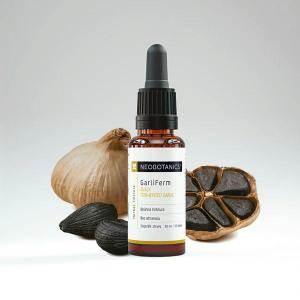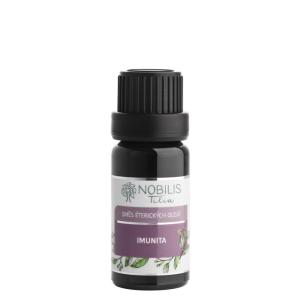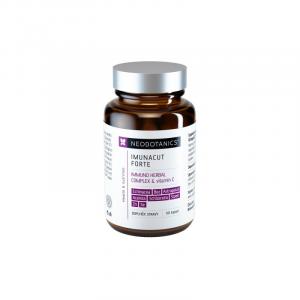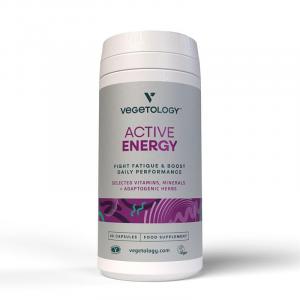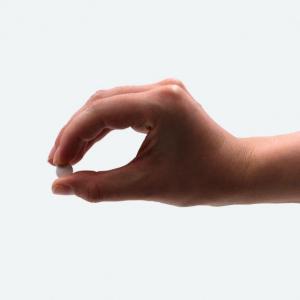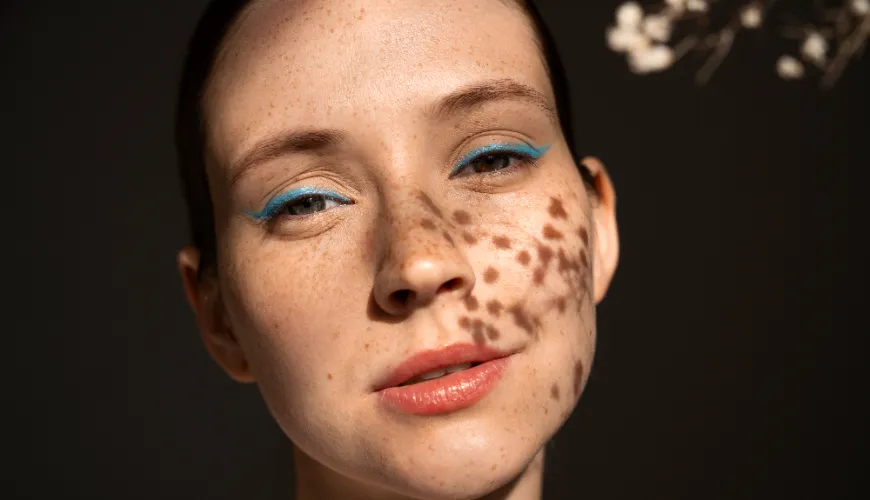
How does a yeast rash differ from regular irritation

What to Do When a Rash Appears - Causes, Symptoms, and Gentle Care
Rashes are among the unpleasant yet common skin issues faced not only by infants but also by adults. Although they may seem like a minor problem, if not treated promptly and correctly, they can easily worsen and cause pain, itching, or even infection. Particularly in the summer months, during sports, or due to tight and non-breathable clothing, the risk of developing rashes increases. The most common areas affected include the groin, buttocks, armpits, and under the breasts.
One of the most common types of rashes people encounter is yeast rash. It is caused by an overgrowth of yeast, which is normally present on the skin but quickly multiplies in a warm and moist environment, causing inflammation.
How to Recognize a Rash?
You might be wondering: What does a rash actually look like? Typically, it appears as a red, irritated patch on the skin, which can be dry, scaly, or conversely, moist and shiny. The skin in the affected area burns, itches, or hurts to touch. With yeast rashes, small bumps or blisters often appear around the main site, helping to distinguish this form from common mechanical irritation.
Rashes in the groin are common among athletes, especially runners and cyclists, but also among overweight individuals or those wearing tight synthetic clothing. In these areas, frequent skin-to-skin friction occurs, which, combined with sweat, creates ideal conditions for irritation and the multiplication of microorganisms.
When a rash appears on the buttocks, it can be due to prolonged sitting, inadequate hygiene, or the use of inappropriate cosmetic products. In adults, it is more common among those who spend most of their day sitting – such as drivers, office workers, or bedridden patients.
Hidden Enemy - Yeast Rash
While a common rash arises from mechanical irritation and moisture, a yeast rash is a dermatological problem with an infectious component. The most common cause is Candida albicans, which normally lives on the skin and in the intestines but can overgrow under favorable conditions. This occurs especially where it is warm, moist, and with limited air access – such as in the groin, between the buttocks, or under the breasts.
It's important to note that merely using a regular rash cream may not be sufficient – in case of a yeast infection, an antifungal, or a product with anti-yeast properties, is needed. If the condition does not improve within a few days, it is wise to see a doctor, preferably a dermatologist.
A mother of a three-year-old child described a situation where a rash in the groin spread after returning from a vacation in a hot climate: “At first, it was just a small red spot, I thought it was from sweating. But within two days, it worsened so much that I couldn't walk without pain. The doctor then confirmed it was yeast, and an antifungal cream helped almost immediately."
This story illustrates how important it is not to underestimate the first symptoms and to react in time.
Prevention is Key - How to Prevent Rashes
The best way to combat rashes is to prevent them. Although it is not always possible to prevent their occurrence, simple measures can significantly reduce the risk:
- Keep the skin dry and clean – especially in risk areas
- Wear loose, breathable clothing made from natural materials like cotton or bamboo
- Shower and thoroughly dry off after sports or sweating, including creases
- Use natural cosmetics without fragrances and irritating ingredients
- If prone to rashes, use preventive balms or powders, preferably with zinc oxide or herbal extracts
In recent years, there has been a growing popularity of natural cosmetics, which do not contain parabens, synthetic fragrances, or other irritating substances. Products containing calendula, chamomile, or tea tree oil are especially effective for mild skin irritation skin, both in children and adults.
Particularly for individuals with sensitive skin or atopic eczema, it is advisable to choose hypoallergenic products and avoid commercially fragranced soaps. Unlike regular products, natural cosmetics help maintain the skin's natural pH and do not disrupt its protective layer.
What if the Rash Keeps Returning?
Repeated occurrence of rashes may indicate a deeper problem – such as weakened immunity, hormonal imbalance, or diabetes. In women, yeast infections often appear in connection with hormonal changes during pregnancy, menstruation, or while using hormonal contraception.
People with overweight or diabetes are also more at risk, as their skin folds are more prone to heat rashes and the skin is more susceptible to infections. If rashes keep returning, it is advisable to consult a doctor. They might recommend, for example, a diet change, adjustment of hygiene habits, or targeted treatment for the overgrown yeast.
This shows that it is not just a superficial problem, but a condition that can be related to the overall health of the organism. A healthy lifestyle, sufficient exercise, and a varied diet rich in probiotics (e.g., in fermented dairy products or fermented foods) can naturally help reduce the risk of developing a yeast infection.
Try our natural products
When to See a Doctor?
Sometimes it is not entirely clear when the condition becomes more complicated. If the rash does not improve within 3–4 days, spreads, is very painful or oozes, a consultation with a doctor is advisable. Also, if the skin starts peeling, blisters form, or there is a noticeable odor, it might be a bacterial complication or yeast infection that requires targeted treatment.
Many people hesitate to visit a specialist due to embarrassment – especially when it involves intimate areas like the groin or buttocks. However, it is important to realize that dermatologists encounter these issues regularly and their goal is to help, not judge.
Gentle and Sustainable Skin Care
When caring for irritated skin, it is crucial that the chosen cosmetics are not only effective but also gentle. Products with a natural cosmetics certification (e.g., COSMOS, NATRUE, or CPK bio) ensure that they contain only natural ingredients and are not tested on animals. This is important not only for the skin but also for the planet.
Many companies now offer balms, ointments, and powders suitable for sensitive skin, which are also packaged ecologically – in recyclable or refillable containers. So, if you are looking for a solution that works and at the same time does not burden the environment, you will find it in the offerings of eco-friendly e-shops.
Interestingly, some companies produce vegan products with anti-inflammatory effects, e.g., based on shea butter, coconut oil, or witch hazel extract. These natural ingredients have anti-inflammatory and antibacterial effects and simultaneously support skin healing without side effects.
As with other health issues, the sooner you start addressing a rash, the faster and more gently you will get rid of it. Whether it is common irritation in the groin after sports or a yeast rash, the key is timely response, proper hygiene, and appropriate care.
